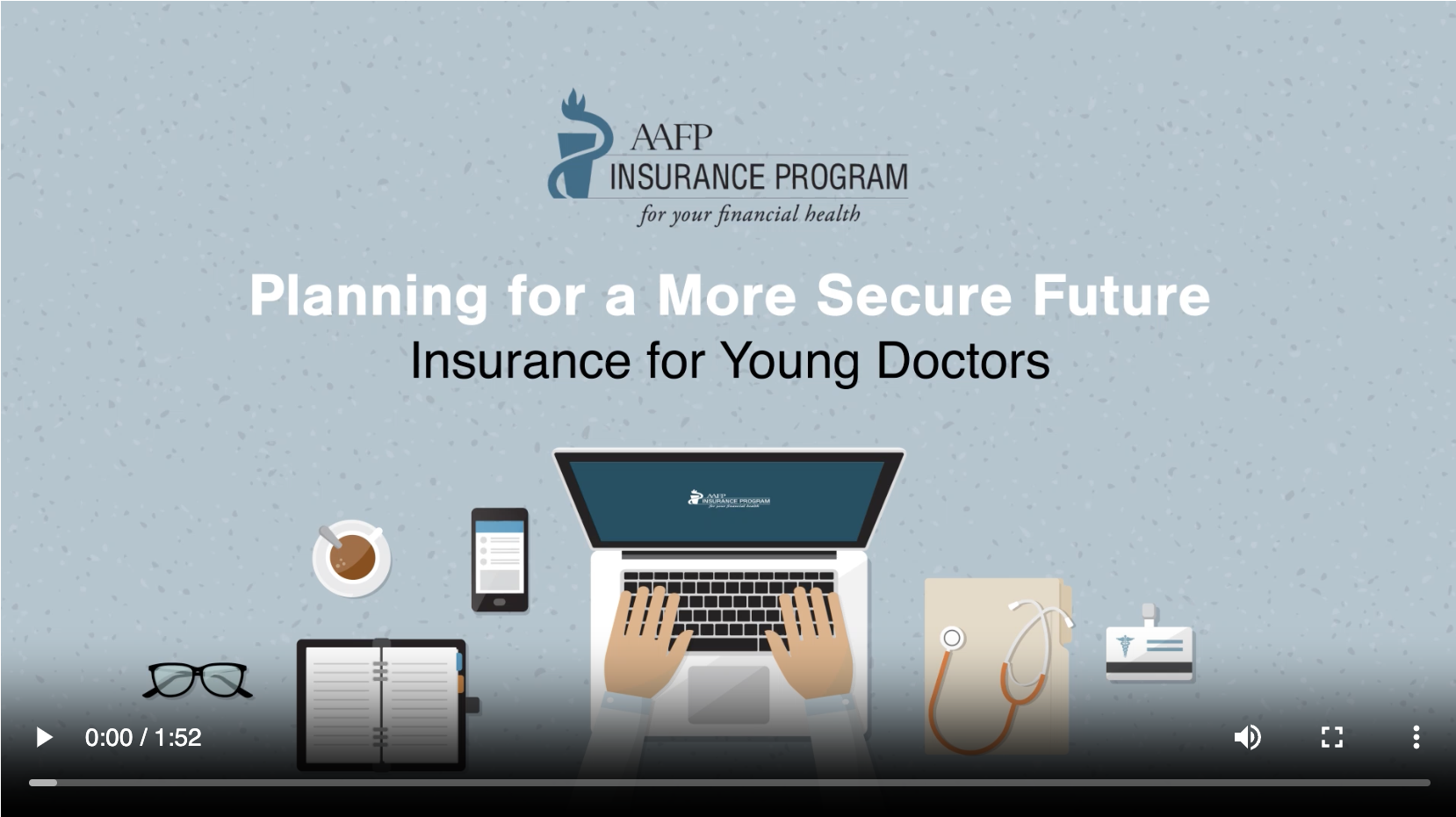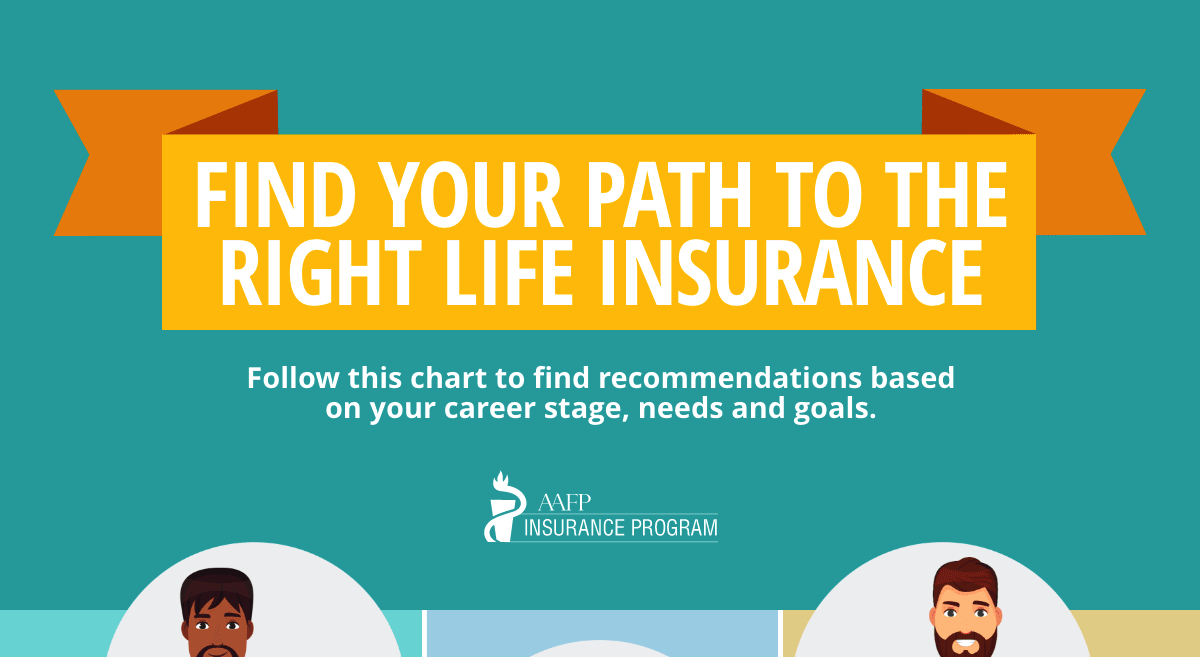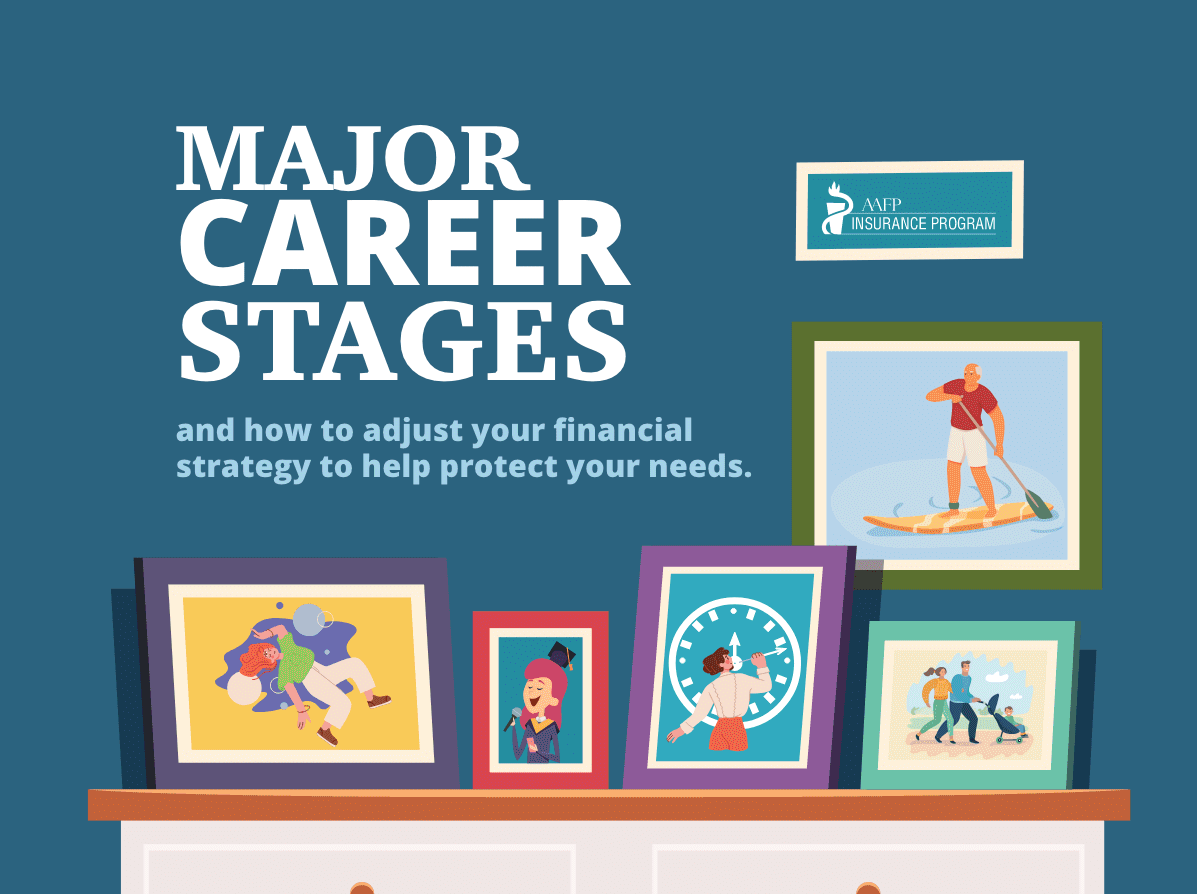So what can permanent life insurance do for you? Of course, it fulfills its main purpose by setting your mind at ease about your loved ones’ financial security after you pass away. There are however other benefits that are less well-known; Life insurance death benefits are generally not taxable making it a very efficient transfer of wealth. Permanent life insurance provides a tax-free shelter for the growth of its cash value – this fund can be borrowed from without tax consequences giving you liquidity for things like long-term care, education funding, financing needs, or other major purchases. Because permanent life insurance policies accumulate cash value and whole life policies are credited with dividends, life insurance can serve as a steady savings vehicle to compliment your other assets that are exposed to more volatility.
Let’s dig into each of these benefits.
- Peace of Mind
The primary reason to buy life insurance is that it assures you that loved ones will have financial resources should you pass away. This can be accomplished in several ways but typically it involves a blend of term and permanent insurance.
- Transfer of Wealth
Your beneficiaries which may include family, business partners, charitable organizations, or causes/associations you want to support will receive the proceeds of a death benefit tax-free making life insurance an extremely effective transfer of wealth. For those with estate tax considerations proper estate planning is necessary and permanent life insurance is frequently used in these scenarios.
- Tax-Free Alternative
Over the past few decades financial advisors and financial entertainers have promoted 401ks and IRAs as the go-to tools for retirement saving. These products have appeal as they offer tax deduction now in exchange for paying the taxes when we retire and will be theoretically in a lower tax bracket. We have found on average that our clients have 80% of their retirement savings in this tax-deferred bucket. While it certainly makes sense to have some assets in this bucket the risk is what if we aren’t in a lower tax bracket in retirement? Do you think it’s possible that as we sit here today at or near all-time historic low income tax rates and all-time historic high national debt that taxes will be going up in the future? We do. That’s why we feel clients should have a more balanced approach to saving and strive for a 50/50 balance of taxable and tax-free retirement savings.How is that balanced accomplished? A Roth IRA is the first place to look but most of our members exceed the income thresholds to take advantage of the tax-free growth. Another great option for tax-free accumulation that is safe, secure and has proven results is permanent life insurance. Not only can you enjoy tax-free growth of the cash value in your contract you also have access to it without the restrictions that are on qualified accounts like your 401k if you want access to the money before age 59½. Another restriction that doesn’t exist on the life insurance side is a cap on what you can contribute – want to allocate more than the $19,000 the IRS allows in 2019 to your 401k? Permanent life insurance may be the place to allocate some of those dollars.
- Fund Long-Term Care
Rather than dealing with the rising costs of long-term care insurance policies our members are taking advantage of a recent trend to leverage permanent life insurance to fund these potential future expenditures. You can:
- Buy a life insurance contract rider that provides an acceleration of the death benefit to be used to fund long-term care expenses
- Borrow against the cash value in your policy tax-free to fund long-term care expenses. This is an increasingly popular way of looking at this “potential” issue as there is no guarantee long-term care will be needed, and if it is needed – for how long? If you don’t need to money for long-term care, you can use it for something else. Or don’t use it at all and pass more onto your heirs – you are in control.
- Shore Up your Savings
Having integrated life insurance into your overall financial plan it’s likely you will place a priority on paying the premiums. In this way, your permanent life insurance becomes a required savings plan. If putting money away for the future is not your forte, the extra push could be just what you need.
- Disability Does Not Have to Interrupt your Policy
As you know from treating your patients, life happens in unexpected ways. Your ability to work and produce an income could be interrupted by a disability. You might worry this would affect your ability to continue your financial plan and allocate dollars toward your life insurance premiums. You can shield against this problem by adding a disability waiver of premium rider to your policy. It would allow you to forgo paying premiums if you are seriously injured, critically ill or disabled.
So if you’re interested in ensuring your family’s financial security, but want some flexibility and control to handle life’s ups and downs, it’s worth investigating permanent life insurance to find a policy that helps you fulfill your objectives.




